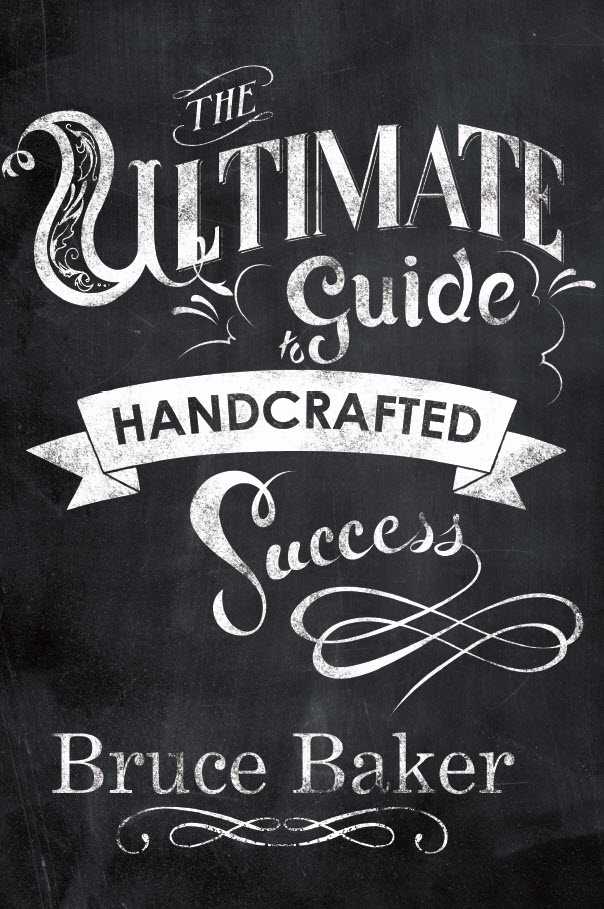Experiential marketing is the latest buzzword in marketing circles. In an age in which people are more averse to advertisements than ever, using ad-blockers to get rid of pop-up ads online and clicking past the ads on streaming services, it’s more important than ever for brands to find a way to meaningfully connect with consumers. Today’s customers want to experience brands, and that is what experiential marketing aims to do: engage customers through unique experiences that encourages them to share the positive feelings and impressions that they got from the experience.
There’s a general idea that experiential marketing initiatives must be expensive, and many are. But the same rules for successful experiential campaigns apply to businesses with bottomless budgets and to businesses that run a tight bottom line. When all is said and done, the customer wants to feel like they have had a unique experience with your brand that highlights what your brand is about. Whether that costs thousands or just one hundred dollars is up to you.
Research your target market
Who is the customer you most want to reach with your experiential campaign? Are they male, female or a percentage of both? How old are they? How do they engage with your brand? What kind of social media do they use? What other experiential marketing campaigns have targeted this customer base? Is there anything you can learn from them?
Knowing who you are creating an experience for is important. This will help you decide what kind of place works well for the experience, how it will be shared (older customers gravitate towards LinkedIn and Twitter, for example, while younger audiences are more apt to use Instagram), and what kinds of tweaks you’ll make that will speak to this audience in a way that is unique to you and your brand.
Get creative
Grab a pen and paper and jot down some ideas about your business. What kind of feeling do you want to inspire in your customers? What does your brand stand for? What are your values? What are some ideas of how you might share these with your consumers in an experience? Let these ideas percolate. Take a look online for some examples of experiential campaigns that other companies have run for ideas on what you might do yourself.
Some companies have done simple campaigns that provided a big impact. Finnish ice cream maker Valio Jäätelöfabriikki combined ice cream and Instagrammable spaces when it created a special hotel room that was designed to be as photogenic as possible. The decor was a shade of pink reminiscent of ice cream, a Spotify playlist and movie playlist of sweet songs and films were available to listen to and watch, the bathroom was stocked with sweet-smelling Lush products and the fridge was packed with ice cream treats. For just $70 more than the standard hotel room rate, customers could book it and create unforgettable Instagram images to share while tagging the ice cream brand.
While you may not have the budget to commission a specially designed hotel room, you might be able to create an Instagrammable space in your shop or at an event in order to give your customers a place to snap pictures of themselves with your products.
Piggyback on other events
No one said you had to create an event entirely on your own. Based on your target market, look into piggybacking on spaces and events already in existence that are designed to reach this customer base. For example, if your product targets seniors, look into programs at retirement homes that you may be able to join. If your product targets university students, get in touch with local universities and colleges to find out about any campus festivals or events that would be a match for your campaign.
Don’t go overboard
When planning an event, especially one that is meant to connect consumers with the brand you’ve spent countless hours and energy creating, it can be tempting to want to do everything all at once. The challenge in creating a successful experience is to keep the focus narrow and razor-sharp. Execute one idea at a time, and execute it well, rather than executing several ideas at once and diluting both your efforts and the effect of the experience.
Brand your event
When planning an experiential campaign, it’s easy to get lost in the experience itself and forget that your brand needs to be visible and an inextricable part of the campaign. Create a hashtag for social for the campaign, print some custom stickers or custom labels with your logo on them to give away as swag. Or get creative with chalk drawings of your logo on sidewalks if the event is outdoors, or with floor decals if it’s indoors. Find unique ways to display your brand logo or colors and give your customers a reason to share the image on social or tell their friends about it later. This is your chance to get the word about your handmade products out there, so take advantage and let your brand shine.







